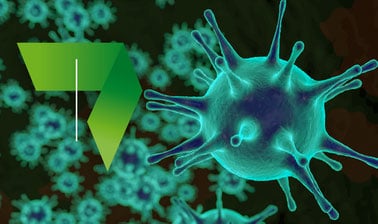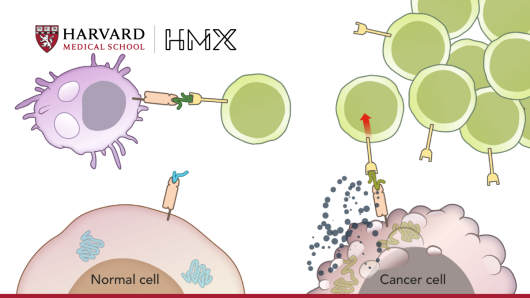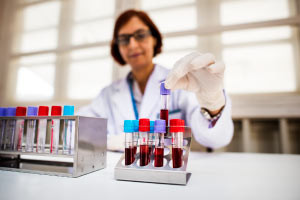Description
In this course, you will learn:
- You'll learn how the primary (bone marrow, thymus) and secondary (spleen, lymph nodes) lymphoid tissues (bone marrow, thymus) lymphoid tissues (bone marrow, thymus) lymphoid tissues (spleen, lymph nodes) lymphoid tissues (spleen, lymph nodes) lymphoid tissues (spleen, lymph nodes) lymphoid tissues (spleen,
- You'll learn how immune system components can recognise and attack infectious pathogens rather than the self. You'll go over the steps required to establish a T or B immunological response.
- You'll be able to apply your immunology expertise to a variety of human health issues, such as vaccination, allergies, transplantation, and immunotherapies.
Syllabus:
This course is intended for undergraduate students, natural science teachers, and any public informed in biology who wishes to strengthen their knowledge in immunology. It is given in the third year to EPFL students in the life sciences branch. This is an introductory course in immunology. The goal is to have a global view of the immune system and to know its language, without going into the details. The course will be based on many diagrams and videos. Note-taking will be facilitated by the provision of a course booklet. The assimilation of the concepts will be favored by a large number of interactive exercises.
- General presentation of the immune system
- Innate immunity
- Generation of B and T cell repertoires
- Antigen presentation
- T cell-mediated responses
- T cell effector responses
- B cell response
- Conclusion: An integrated view of the immune system
- Methods in immunology
- Immune tolerance and autoimmunity
- Hypersensitivity
- Immunology of transplantation
- Vaccination
- Anticancer immunotherapy








